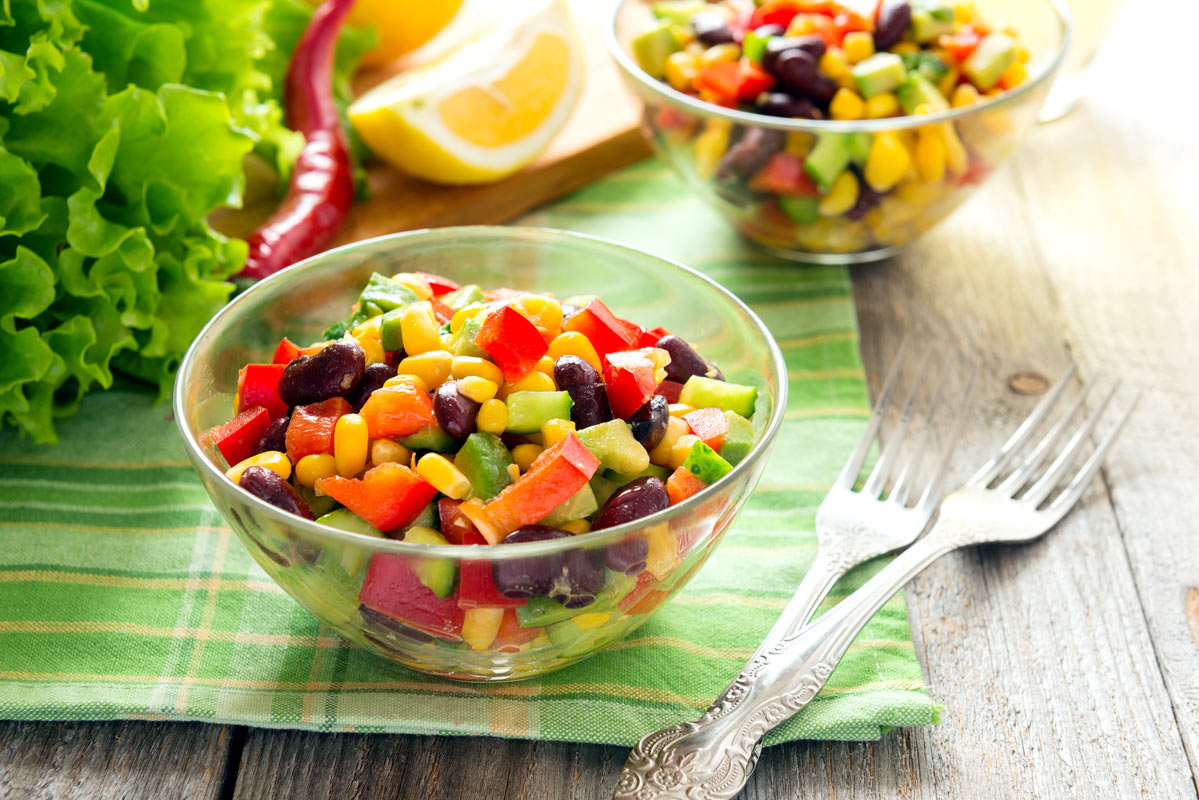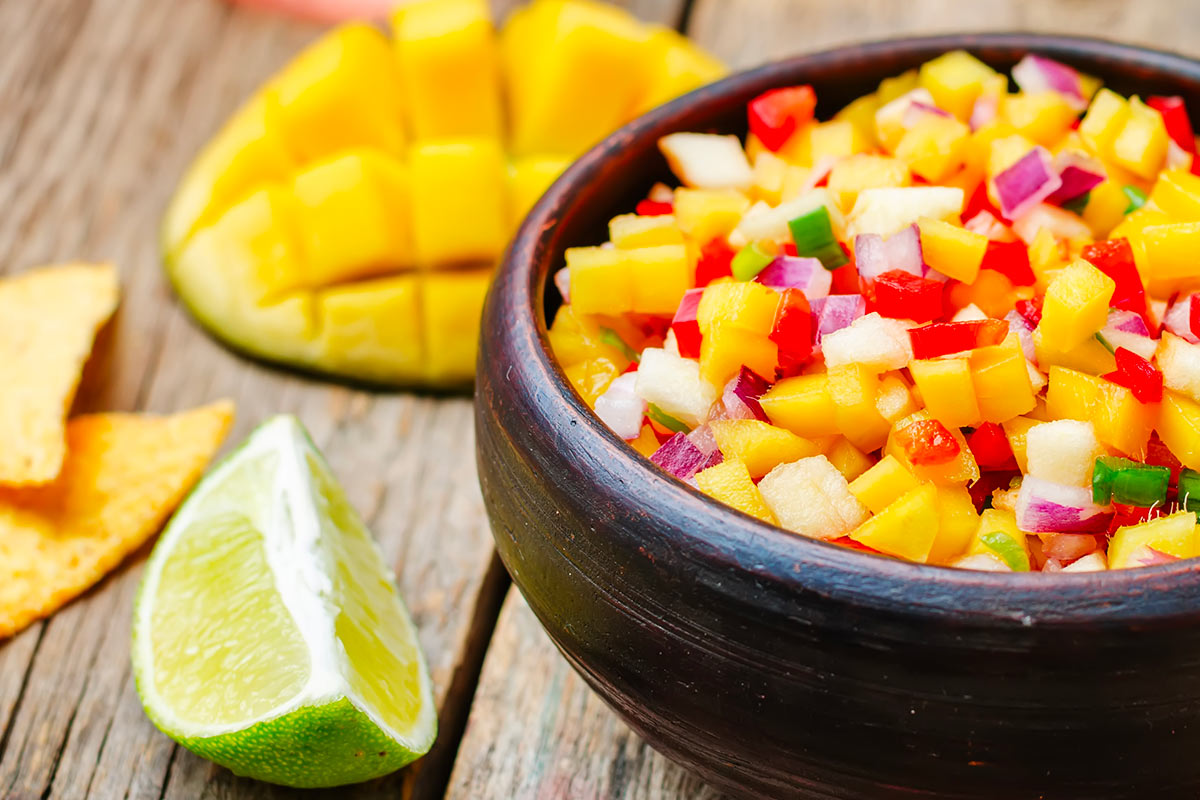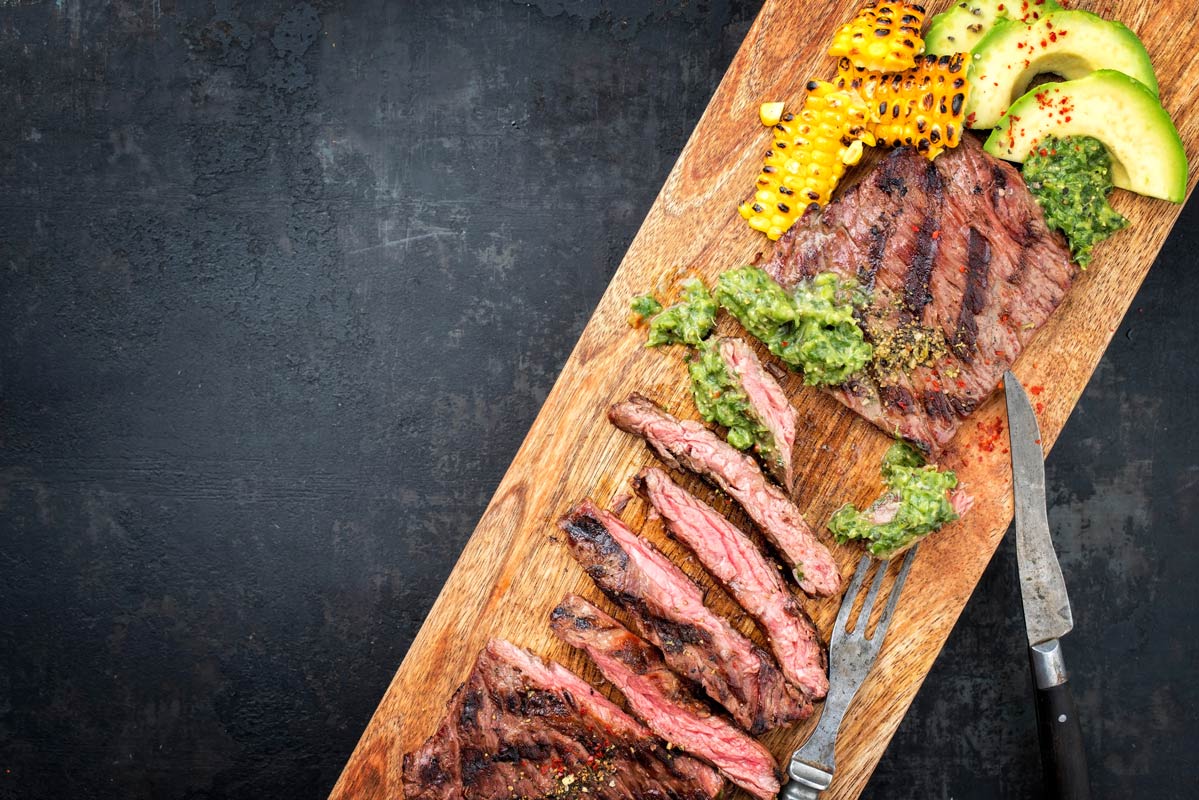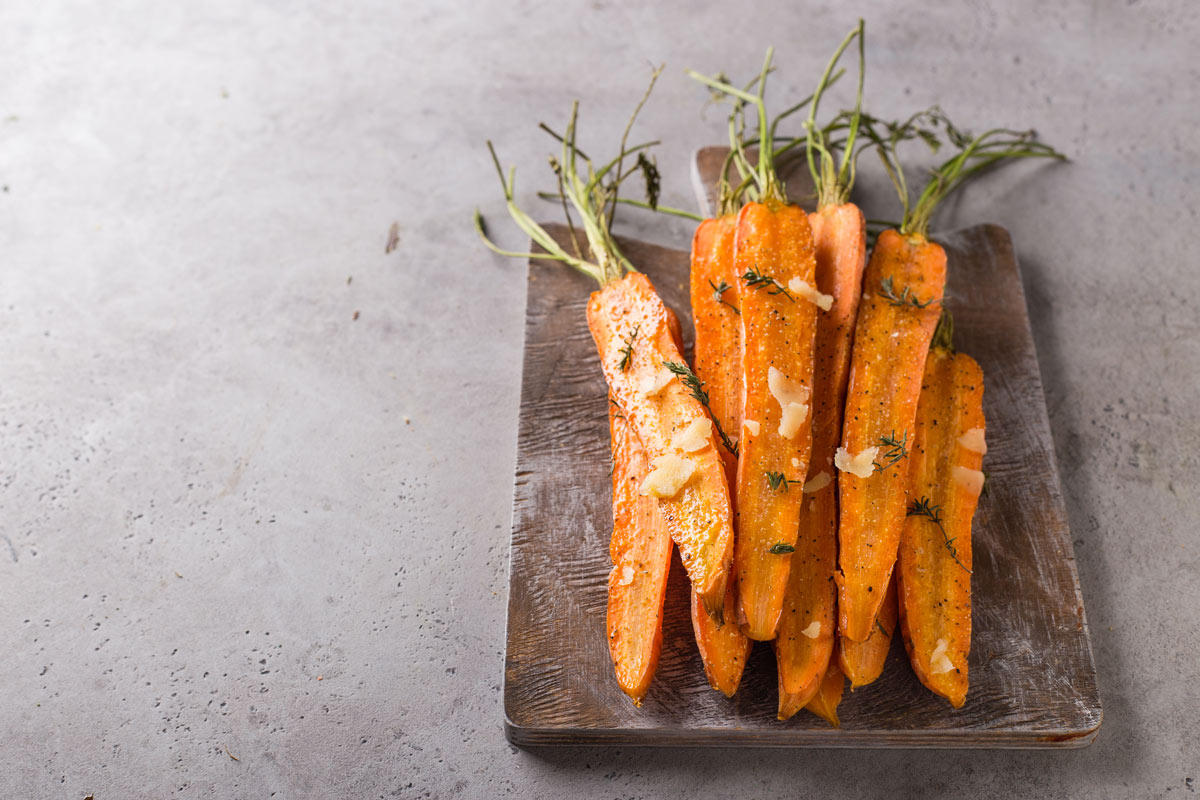I enjoyed this dish at the wonderful Cervecería Rural in Litueche. It’s a salad of black beans (red kidney beans make a great alternative) dressed in the style of a ceviche marinade. Some versions have all the ingredients tossed together, but Rural’s chef presented it as a beautifully composed salad.
Ingredients
For the dressing:
- 1 jalapeño, halved and seeded
- 1 garlic clove, peeled
- 1/4 cup fresh cilantro with some stems
- 1/2 cup fresh lime juice
- 1/4 cup extra virgin olive oil
- Coarse sea salt, to taste
- Freshly ground black pepper, to taste
For the ceviche:
- Two 15-ounce cans black beans, rinsed and drained
- 1 red bell pepper, cored and seeded, cut into matchsticks
- 1 green bell pepper, cored and seeded, cut into matchsticks
- 1 small red onion, peeled and shaved on the slicing side of a box grater
- 1 avocado, peeled, pitted, and cut into thin slices
- 1 cup frisée or arugula
- Kernels from one ear of freshly steamed corn
- Extra virgin olive oil
Directions
Step 1
In a food processor, mince the jalapeño, garlic, and cilantro, then add the lime juice and olive oil and pulse until blended. Taste and season with salt and pepper as desired. Place the beans in a bowl and toss them with half the dressing; set aside for 30 minutes to marinate.
Step 2
When ready to serve, place equal amounts of the beans on 4 plates. Arrange these ingredients in a clockwise pattern over the beans: a few matchsticks of the bell peppers, a small mound of red onion, 3 to 4 slices of avocado, and a few leaves of frisée. Sprinkle a handful of corn kernels over each dish and then drizzle with the rest of the marinade and more olive oil.
Serves 4 as an appetizer




